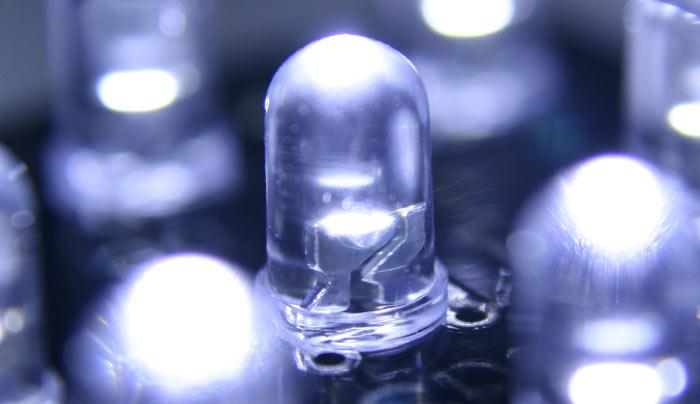Lighting Your Way Into the Future With LED Technology

In 1927, a Russian radio technician noticed that whenever current passes through the diodes of a radio receiver they emitt light. This became widely accepted as the discovery of the light emitting diodes commonly known as LED. Since then, the LED found a number of applications in the electronic industry, primarily for electronic testing equipment in laboratories, and later on as indicator lights on devices that have circuit boards, such as TVs, radios, VCRs, watches, calculators and so on.
For many years, very little advancement was made in LED technology. While common types of lighting technology such as fluorescent, incandescent, and metal halide did improve over the years, there really was no significant change in the way we produce light. However, in the early 90s, we witnessed the explosion of the microchip which made circuit boards much more efficient and affordable. With the advancement of circuit boards, engineers began applying them to LED technology and laid the foundation for the commercial application of LEDs.
Today you can buy LED lighting for home, commercial, and industrial use. Although the initial cost of LED technology is still greater than conventional lighting, when you buy LED lighting you make an investment that will save you thousands of dollars over the long lifespan of LED lights which on average ranges from 35,000 up to 50,000 hours.
Virtually, I could go on forever about all the benefits and flexibility of LED technology, but here are some that you should definitely have in mind when looking for lighting options.
- Energy Efficiency – Just for comparison, a standard 50W halogen lamp, for example, converts 90% of the electricity used into heat with merely 10% of it into light. LED lights, on the other hand, use only 15% of the energy that the standard halogen lamp to produce 85% of the light output, while creating way less heat which makes them cool enough to touch. This means that LEDs will additionally reduce the cost of air conditioning. LED lights can be operated both on mains electricity and with low voltage LED drivers which further increase the light output per watt.
- Long Life Span and Durability – High-quality LED lights can have an amazingly long lifespan of up to 80,000 hours. This and the resistance to intense vibration and shock reduces maintenance costs since they are less likely to break and last up to 8-10 times longer than traditional lighting.
- Compact Size – LED lights are perfect for hard to reach and compact spaces, since they can be made as small as 2 mm.
- Quick Switching – LED lights switch on and off instantly unlike standard fluorescent lights for example, which fade in and out or flicker. This feature makes LEDs perfect for flashing signs, traffic signals, or automotive lights.
- Eco-Friendly – LEDs are the most environmentally friendly form of lighting. They don’t contain any harmful gasses, nor emit harmful UV radiation. Also, they produce 68% less CO2 compared to a standard incandescent light bulb that runs 10 hours per day.
Overall, in the past decade, LED technology has changed the way we think about lighting and we are now standing on the verge of a true lighting revolution.



